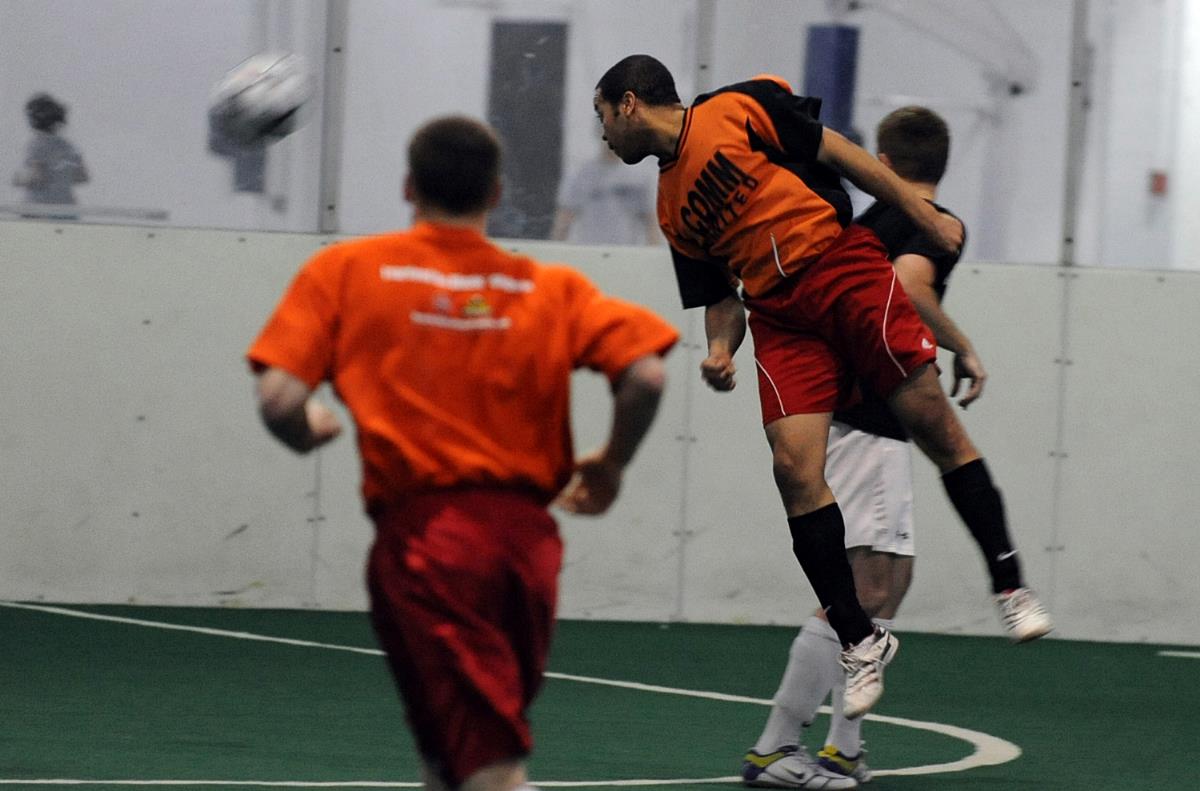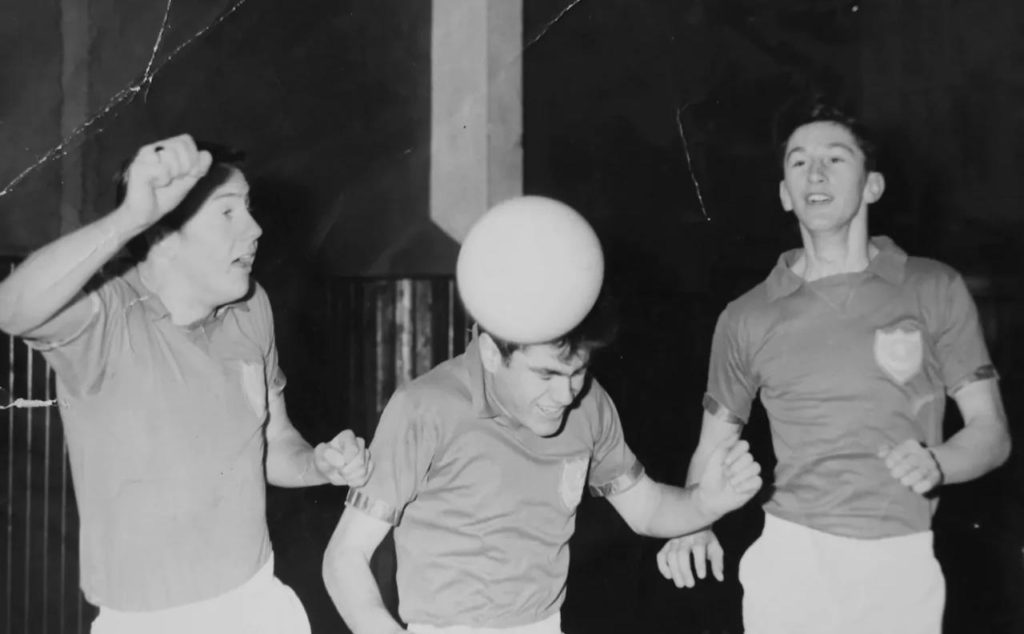News
Latest Soccer Player Diagnosed With CTE Shows The Sport May Not Be The Safe Alternative To Football

For many young prospective athletes and their families, soccer has become the “safe” option. It isn’t built around the brutal hits that football is known for and the headlines haven’t been slamming the nation’s soccer league, Major League Soccer (MLS), for its handling of head injuries and the widespread development of chronic traumatic encephalopathy (CTE).
If you don’t look too deep, soccer seems like the less dangerous alternative.
The truth is that soccer has its own concussion problem and increasing evidence suggests CTE may be just as prominent among professional soccer players as in pro football players. The sport simply hasn’t been under the microscope that the NFL has been placed under.
Just earlier this week, yet another former professional football player, former British midfielder Rod Taylor, was posthumously diagnosed with CTE. He died earlier this year after struggling with Alzheimer’s for years, a condition that is closely tied to CTE.
Taylor is just the latest former soccer player to be diagnosed with the degenerative brain disease. Several former professional and school-level soccer players have already been diagnosed with CTE in autopsies after their death.

Rod Taylor, center, practices heading the ball
Source: The Telegraph/Jay Williams
In fact, some experts believe that soccer may be just as, if not more, dangerous than football for brain health. While it is not designed around the rough collisions that make up the heart of football, there are still plenty of crashes and tumbles on the soccer pitch – and they don’t wear any sort of head padding. More so, is the risk for so-called subconcussive hits that are believed to contribute to CTE without ever causing an actual concussion.
“Heading” or directing the ball with a person’s head is a big part of soccer. It is honed in practice and can be a make-or-break part of a play. It is estimated that some soccer players head the ball more than 10,000 times a season including practice.
If you’ve ever bounced a soccer ball on your head, you know it doesn’t feel particularly dangerous or damaging. There is no “stunned” sensation or headache like someone who just experienced a concussion might feel. However, these small hits have been shown to accumulate and contribute to significant damage to the brain’s grey matter over time. When done frequently and consistently over a long period of time, these subconcussive are believed to contribute to CTE just as clinical concussions may.
Complicating the issue further is how professional soccer leagues handle concussions in the sport. While both MLS and FIFA – the world’s largest pro soccer organization – have concussion protocols stipulating how potential brain injuries on the field. Both organizations have also been shown to make the NFL look downright fastidious in its handling of concussions in comparison.
Throughout professional soccer leagues, teams, and players, concussions are typically brushed off or ignored within the sport. The issue is so neglected, it makes headlines when a team actually does the right thing and follows the protocol.
Still, medical professionals and advocates are fighting to reform soccer to make it safer for athletes. Dr. Bennet Omalu, the discoverer of CTE and the doctor who diagnosed Rod Taylor, has been an outspoken proponent for rule changes to athletics. In the wake of Taylor’s diagnosis, he declared that soccer should ban headers, especially for younger athletes.
Omalu told BBC Five Live’s Phil Williams Programme: “I believe eventually at the professional level we need to restrict heading of the ball. It is dangerous. It does not make sense jumping up to control (an) object traveling at a high velocity with your head.
“The human brain floats like a balloon inside your skull so when you head the ball you suffer brain damage. You damage your brain when you head the ball.
“Playing soccer would increase your risk of suffering brain damage when you are much older and developing dementia and chronic traumatic encephalopathy, that is why, I believe, no child under the age of 18 should be heading the ball in soccer.”
While headers are unlikely to be entirely banned in soccer anytime soon, it is obvious that sweeping changes are needed to reign in the risk for head trauma and protect athletes from debilitating diseases later in their life.



